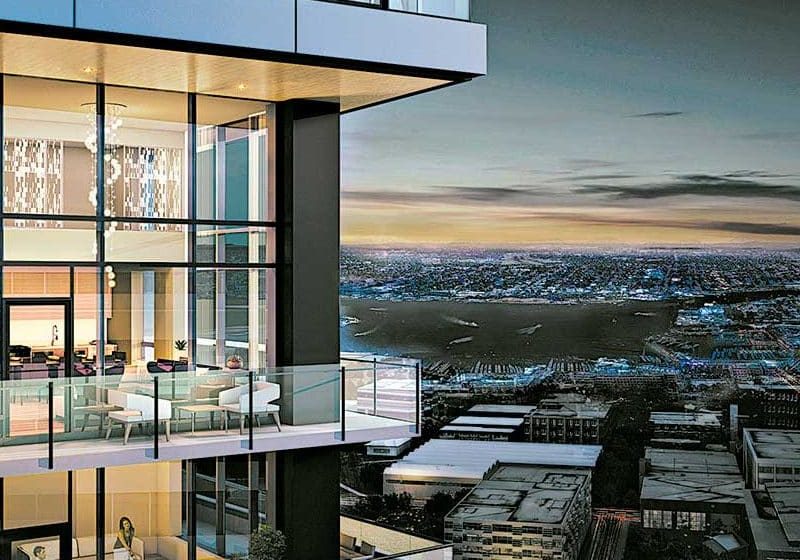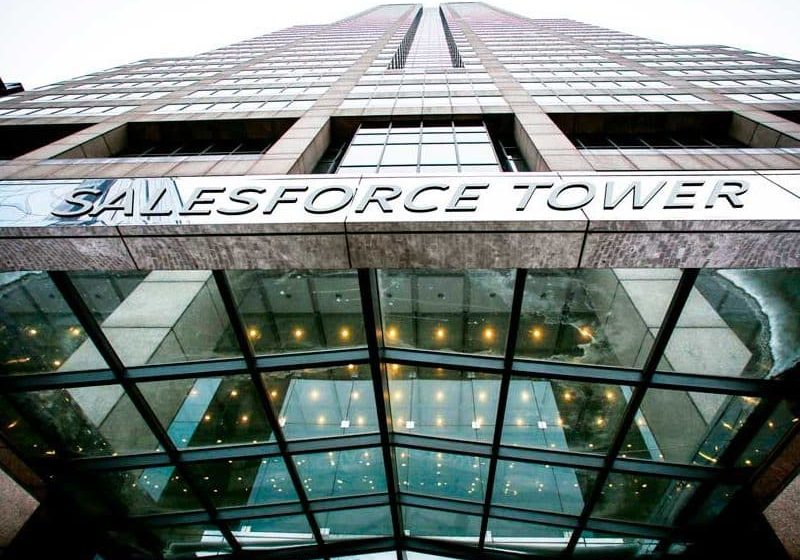We are focusing our attention this month on the West Coast. I have family in California and Washington State, so I am very careful not to call it the “land of nuts and flakes” or the “left coast” — those liberal flakes are related to me! We consider them the family progressives and love to visit. In fact, by the time most of you read this, I will be partying in La Conner, a wonderful town two hours north of Seattle.
While the East Coast was rising to great building heights, and the midwestern plains were discovering manufacturing, the West Coast was becoming the breadbasket with all that land and sunshine. In the early days, they were not overly concerned with high rises or vertical transportation — it was a low-rise world. Trending Up by Kaija Wilkinson notes there is now a resurgence of downtown high-rise building on the West Coast – much of it residential. There are 22 buildings over 150 m in height proposed in Los Angeles and 15 underway, while Seattle has 65 major projects underway. Portland has a tall building of timber and San Francisco the first occupant evacuation operation (OEO) units in the U.S. in several buildings. In Seattle, KONE debuted its JumpLift self-climbing elevator for the U.S. in the Hyatt Regency. California alone accounts for 8% of all the construction permits in the country. Ralph M. Newman, in Columbia Helps Southern California Grow “Up,” explains that, while SoCal was populated with primarily low-rise buildings, the reasoning had a lot to do with seismic concerns. Columbia developed several products that address those issues. Many of the “supertalls” going up now are self-contained living environments with retail, residential and offices in one building. Two articles from the West focus on products that have grown up in the area — Pixel Turns Five by Ron Ishimoto celebrates the fifth anniversary of Elevator Controls’ introduction of the Pixel Elevator Control System and its growth from AC to hydraulic elevators. The other, Spider Leverages 70 Years of Experience by David Beckett, relates the start of Spider in Seattle in 1947 in a garage. Now, its equipment lifts people and materials on the job around the U.S. and Canada. Our final Focus Topic article, Square Peg for a Round Hole by Mike Moss, tells how Schumacher Elevator engineered a one-of-a-kind elevator for an 18,000-sq.-ft. estate. Capitol Elevator installed it to move guests down to the wine cave entertainment area of the house.
Our cover photo is one of the winners in our Photo Contest 2017. It is from an installation of escalators flanking an elevator in the Netherlands. The photo contest this year had nearly 200 entries and garnered nearly 3,200 voters on our website. I noticed some regular photographers, David Fried and Gerry Adams, among the winners. We hope you enjoy the 13 pages of winners that highlight the beauty in our industry from some of the best photographers in the elevator world.
Events are also a heavy part of our coverage this month. John Gale covered the European Lift Association’s ELA Conference, and Louis Bialy covered ISO meetings in Israel. Israel’s Elevator Standards Committee met in Tel Aviv in conjunction with the International Organization for Standardization (ISO). Across the world, in Phoenix, 200 industry members gathered at the initial Elevator Industry Safety Summit, which was dedicated to our former editor, Robert S. Caporale.
We have an excellent Continuing Education article to offer, the first of two on Traction for Field Personnel by John W. Koshak. Part one highlights the principles of traction and how they apply to the safety of electric elevators. Part two will be in the September issue.
In a Legal Issues, The Best Option: A Lawyer With VT Industry Experience, Stuart Weinstein argues that an attorney with vertical-transportation (VT) knowledge will not waste costly time learning the industry. Weinstein is a new writer we hope to hear more from. We want to know what you think of this issue – the writing, content and product information, and how it affects your decisions in business. Elevator World, Inc. has partnered with Signet Research to evaluate this issue across multiple criteria. We value your input! So, once you have read this issue, we encourage you to visit signetresearch.info/elevator and take part in the online questionnaire. Your feedback will help us improve your experience with the magazine in the future.
Get more of Elevator World. Sign up for our free e-newsletter.









